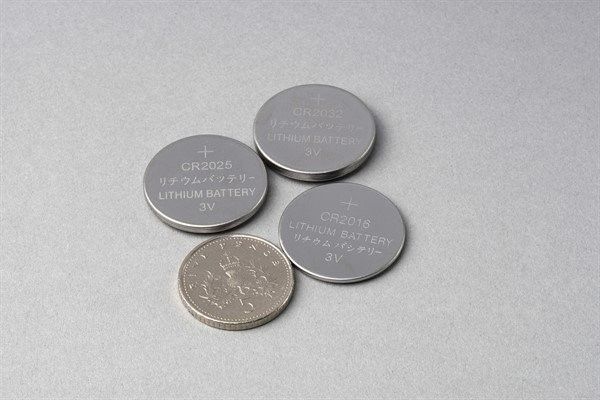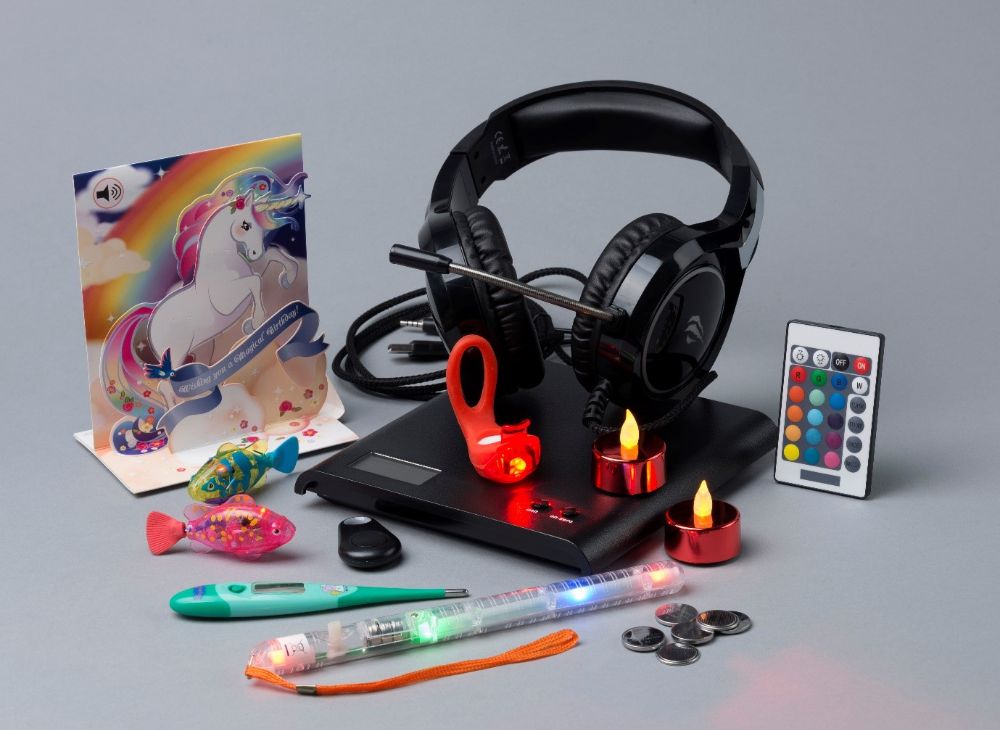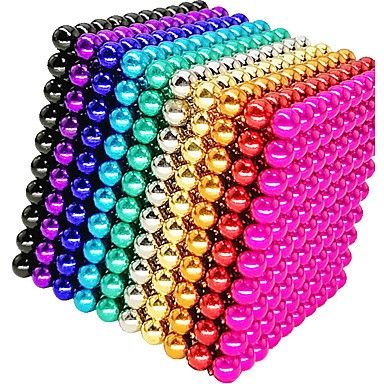Most swallowed objects are harmless and will pass through the digestive system without causing any harm. Studies suggest that it takes about 3-5 days for the object to pass out into the stool (poo).
We do not routinely recommend looking through the stool to find the object, as this can be unpleasant and not helpful.
It can be challenging to always stop young children putting things in their mouth that they might swallow. However, there are some things you can do to reduce the risk of accidents happening. You can learn about what objects are particularly harmful if swallowed and then reduce the risk of your child getting hold of these objects.
Button Batteries
All batteries can be harmful if swallowed but button batteries are particularly dangerous. These batteries are flat and round, ranging from 5 – 25mm in diameter. Button batteries can get stuck in the oesophagus (food pipe) and cause permanent damage within hours. If your child has swallowed a button battery, bring them to the Emergency Department straight away. They might need to undergo a procedure to remove it.

(Button batteries are flat and round. These ones are about the same size as a 5 pence piece.)
Button batteries are found in many objects that you might have at home, including hearing aids, car keys, remote controls, weighing scales, musical greeting cards and some toys.

What you can do:
- Check every battery powered device in your home and anywhere that your child stays. Ensure the battery case is shut and secured.
- Know what objects in your home use button batteries and do not let your child play with them. Keep these objects out of you child’s sight and reach.
- Be careful buying toys online, overseas or in markets as these may not meet UK toy safety standards.
- Teach older children about the dangers of button batteries and that they should not give them to younger children to play with.
- Keep spare batteries in a locked cabinet or box
- Dispose of old batteries safely. Anywhere that sells batteries, such as a supermarket, should offer collection of old batteries.
More information on button battery safety.






